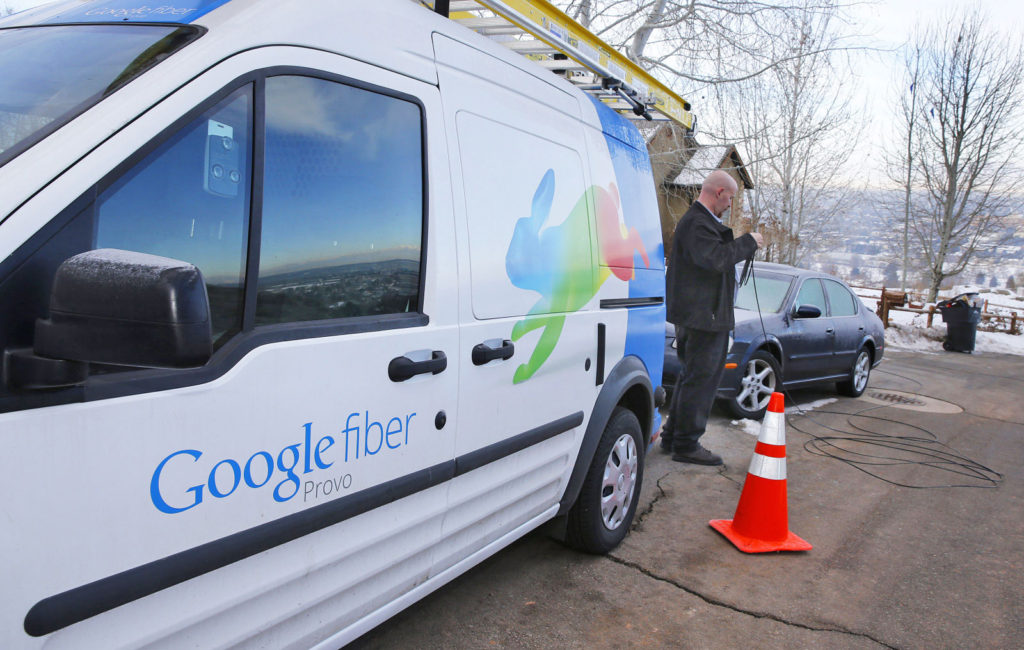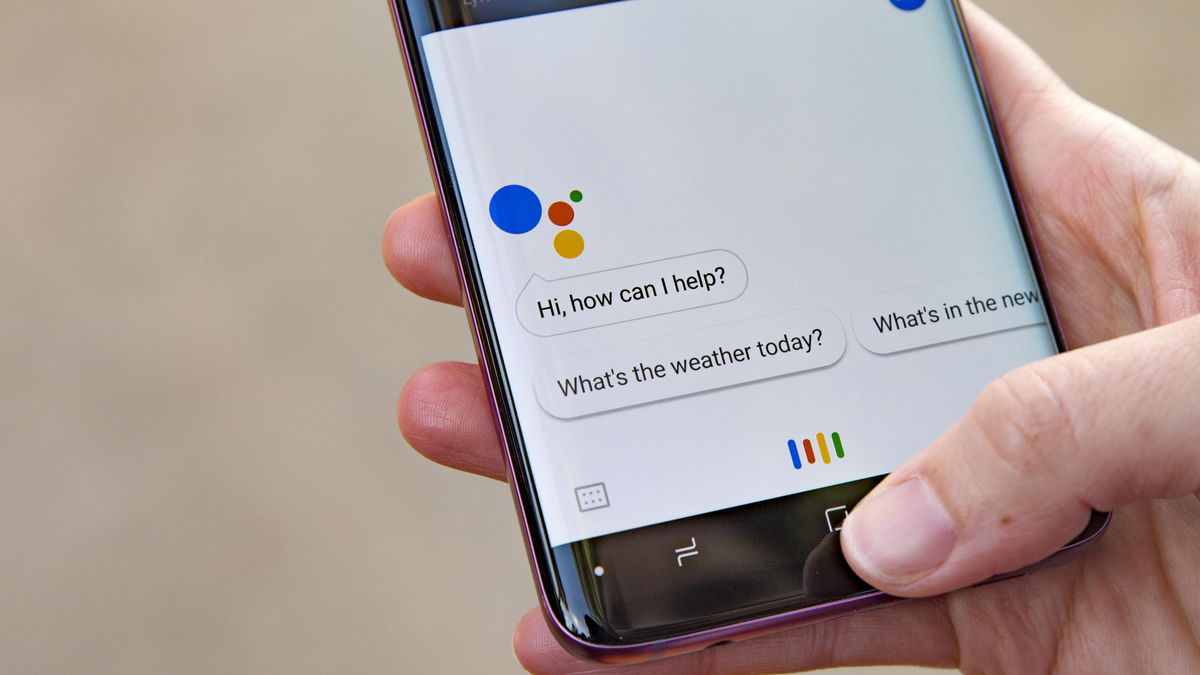In a recent article I spoke about how Google Fiber was getting ready to test its super-fast wireless internet service with the help of technology already owned by WebPass, a company that Google – or, rather, its parent company Alphabet – recently bought. The big question on everyone’s mind now is “Why wireless, when it’s more unreliable compared to fiber connections?”
The fact of the matter is, Google will still continue on the fiber optic infrastructure that already exists in most of America’s highly populated cities. But another major factor at play is the sheer expense involved in creating new fiber networks to places that don’t have them.
What are the Numbers behind the Decision?
When Google Fiber launched six years ago, the company had an ambitious roll out plan for fiber-optic-served internet capability. The speeds they were promising were approaching 1Gbps, or more than 70 times the speed of the average broadband connection today. When you can download a full-length HD movie in 8 seconds, people are going to be interested.
But the cost of building out a fiber network is prohibitively expensive – even for Google, which has $16.5 billion in cash assets as of the last financial year. In just the second quarter of 2016 alone, Google “Other Bets” segment showed an operating loss of $859 million. Much of that went into the Google Fiber project, but that kind of expenditure is not sustainable even for Google.
To put things in perspective, AT&T has spent over $140 billion over the past six years to build out their fiber network – and that covered a mere 20 cities. Verizon did that years ago with their FiOS network, spending between $8 billion and $11 billion a year between 2005 and 2007.
That kind of expenditure has Alphabet worries, and that’s the primary reason they’re now eyeing wireless delivery as a way to get super-fast internet into our homes. In fact, Alphabet now plans to spin off the Other Bets division into a separate entity that will be accountable for its own profitability – and that’s what’s worrying the folks at Google Fiber. With a presence in only 6 locations after six years of effort, they’ve realized that they may have bitten off more than they can chew.
How are the Others Doing It?
On the other hand, big communications and media players such as AT&T and Comcast are looking into their own fiber internet businesses as viable income streams for the future. AT&T’s GigaPower network, for example, is already moving into 36 cities in the United States. They know it’s a capital-intensive business but they have the financial muscle to grow fast and reap returns quickly, while the whole thing is a gamble for Google.
In another article written by a colleague last month, he spoke about how Google could achieve their wireless dream using 5G technology, powered by what is known as millimeter wave spectrum technology. This is what they’re now realigning their fiber strategy to.
They will still be able to use existing fiber lines to deliver high-speed internet, but the last mile delivery will have to go wireless. Google doesn’t really have a choice in the matter at this point because they don’t have the experience to acquire a subscriber base like AT&T or Verizon do. And if they can’t do that, they’ll essentially be writing off tens of billions of dollars over a period of time.
The question everyone is asking now is: how long will Google take to come to my city with their new wireless fiber-wireless connections? Unfortunately, they’ve only just received permission to do their testing, and they’ve already announced a test period of two years. And they’re not going to roll it out until it’s fully tested and foolproof.
It may take another 3 to 5 years for us to get Google Fiber Wireless internet at home. It would seem that Google as a company is a lot slower than the internet speeds they promise.
If you’re reading this on Apple News, please favorite the 1RedDrop channel (next to our logo) to add us to your news feed, or Like our page on Facebook. Please bookmark our site for more insightful articles on current and future technologies that are changing our lives.




